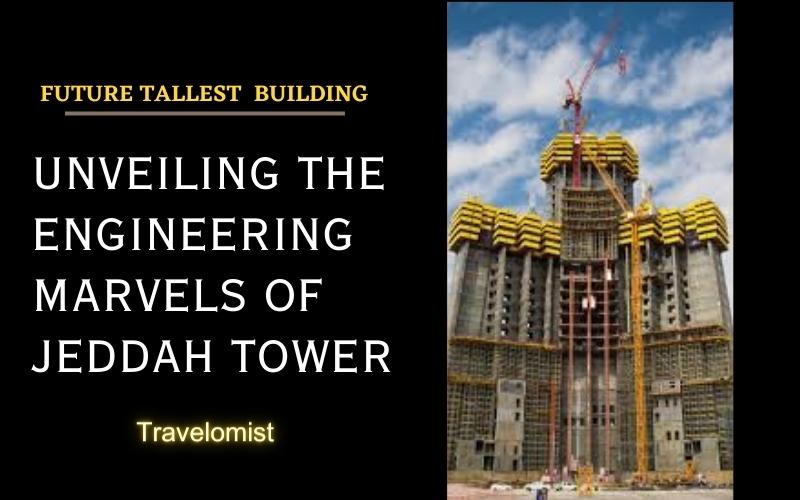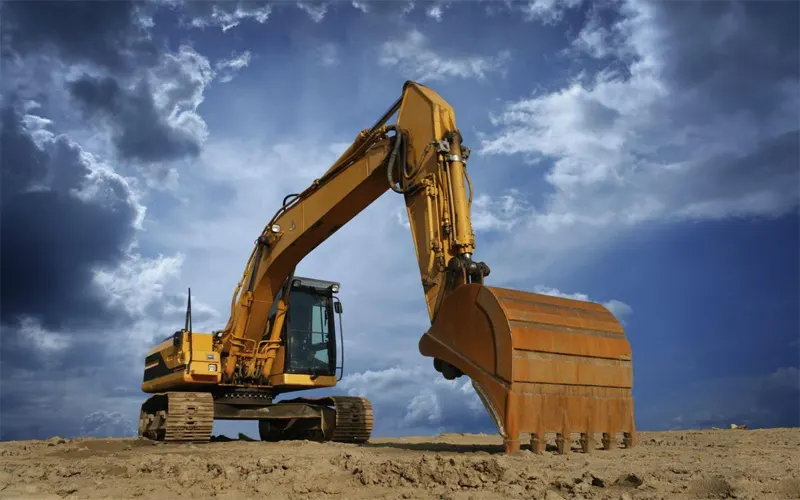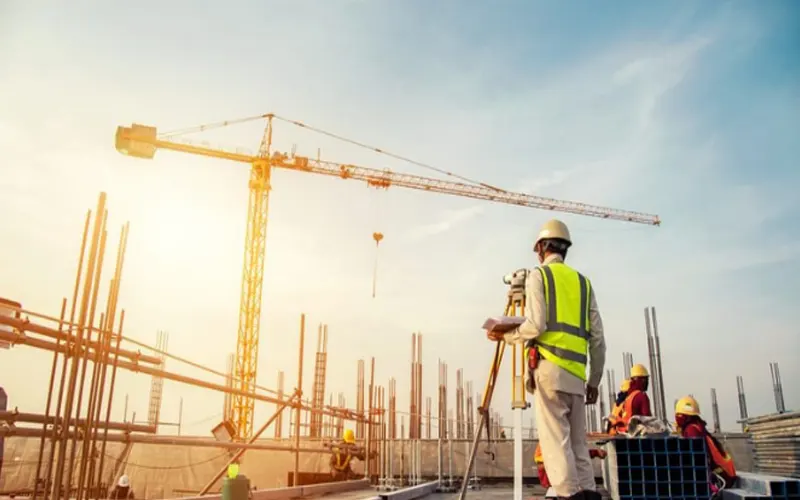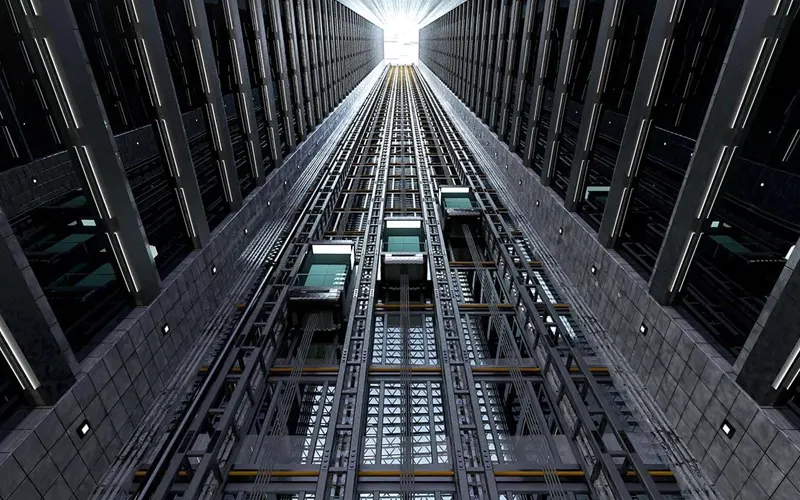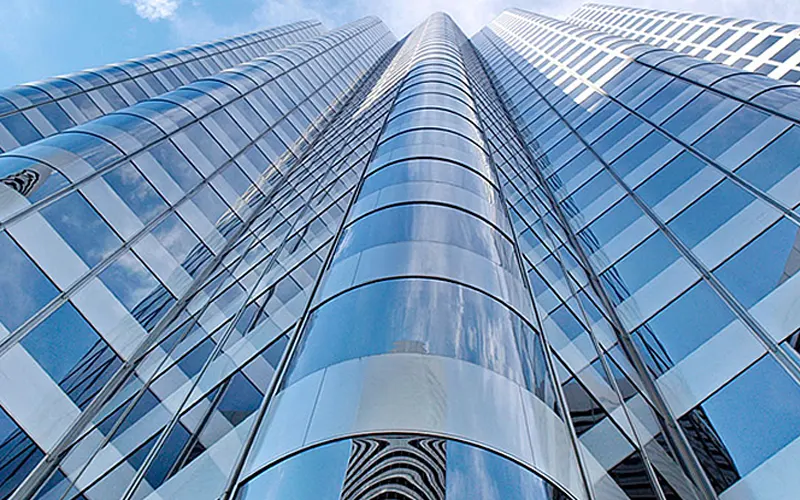Jeddah Tower, also known as the Kingdom Tower, is a skyscraper currently under construction in Jeddah, Saudi Arabia. Designed by Adrian Smith + Gordon Gill Architecture, Jeddah Tower is set to become the tallest building in the world, surpassing the current record-holder, the Burj Khalifa in Dubai – United Arab Emirates, by over 550 meters (1,800 feet).
The construction of Jeddah Tower represents a major engineering feat, as building a structure of this height presents numerous challenges and requires innovative engineering solutions. Upon its completion, Jeddah Tower will not only be a symbol of modern architecture and engineering but also a testament to the human desire to push the boundaries of what is possible.
Table of Contents
ToggleIn this article, we will delve into the engineering marvels behind the construction of Jeddah Tower, exploring the challenges faced in building such a tall tower, and the various methods and technologies used to overcome these challenges. Let’s take a closer look at this awe-inspiring structure and what makes it so significant.
Foundation and Geotechnical Engineering
One of the biggest challenges in building a structure as tall as Jeddah Tower is creating a foundation that can support its immense weight and withstand the forces of wind and earthquakes. To tackle this challenge, the engineers behind Jeddah Tower employed a number of innovative geotechnical engineering techniques.
Jeddah Tower is being built in close proximity to the Red Sea, which presented a unique set of challenges for its foundation. The site’s close proximity to the sea means that the tower’s foundation would be subject to hydrostatic pressure from the water table, which could cause the soil to liquefy and the foundation to sink.
You may like reading:
Exploring Jeddah Tower vs Burj Khalifa – The Battle of Supremacy
To prevent this from happening, the engineers used a technique called the “slurry wall” method. This involves drilling a trench around the perimeter of the construction site and filling it with a mixture of bentonite and water to create a barrier against the sea water. The slurry wall helps to keep the soil stable and prevent water from entering the construction site, making it easier to excavate the foundation.
Once the slurry wall was in place, the engineers excavated a massive pit for the foundation, which is approximately 50 meters (164 feet) deep and 30 meters (98 feet) in diameter. They then installed a series of steel piles, each one measuring up to 1.5 meters (5 feet) in diameter, to anchor the foundation to the bedrock below.
To further ensure the stability of the foundation, the engineers used a technique called “base grouting” to fill any voids in the soil beneath the foundation. They also employed a system of vertical and horizontal braces to reinforce the foundation and distribute the tower’s weight evenly.
Thanks to these innovative geotechnical engineering techniques, Jeddah Tower’s foundation is strong enough to support the immense weight of the tower and withstand the forces of nature.
Structural Design Of Jeddah Tower
In addition to its impressive foundation, Kingdom Tower’s structural design is also a marvel of engineering. The tower’s unique tapering shape was designed to reduce wind loads on the building and minimize the amount of building materials needed. The tower’s exterior is made up of a series of triangular panels that gradually decrease in size as the tower rises, creating a striking visual effect.
Jeddah Tower’s structural system is primarily composed of reinforced concrete, which is known for its strength and durability. To further enhance the tower’s stability, a reinforced concrete core runs through the center of the building, providing additional support and serving as a “backbone” for the tower.
The core is made up of a series of walls that decrease in thickness as they ascend the tower, mimicking the building’s tapering shape. This design helps to distribute the weight of the building evenly and ensure that it can withstand high winds and seismic activity.
To further enhance the tower’s stability, the engineers behind Jeddah Tower used a technique called “mass damping” to reduce the effects of wind on the building. This involves installing massive tuned mass dampers at strategic points throughout the tower to absorb and dissipate vibrations caused by wind.
Jeddah Tower’s innovative structural design and use of reinforced concrete make it one of the strongest and most stable buildings in the world.
Jeddah Tower Height: Scaling New Heights of Architectural Grandeur
In the realm of architectural marvels, one structure stands as a testament to human ambition and engineering excellence—the Jeddah Tower. Nestled in the vibrant city of Jeddah, Saudi Arabia, this extraordinary skyscraper is set to redefine the very notion of verticality. Reaching towards the heavens, the Jeddah Tower aims to claim the title of the tallest building in the world, surpassing even the iconic Burj Khalifa. With a projected height exceeding one kilometer, this awe-inspiring structure will be an icon of human achievement, pushing the boundaries of what’s possible in architectural design.
Elevator Systems
Jeddah Tower’s elevator systems are another example of the tower’s cutting-edge technology. The tower will feature 59 elevators and escalators, including 54 single-deck and five double-decker elevators, which can travel at speeds of up to 12.5 meters per second (45 kilometers per hour).
The double-decker elevators are a first in the Middle East and will enable the tower to transport more people to higher floors at a faster rate. The elevators will be equipped with state-of-the-art technology, including touchscreen controls and destination dispatch systems, which use artificial intelligence to optimize elevator travel paths and reduce waiting times.
Click here to read about:
Exploring the World’s Tallest Elevators – Scaling New Heights
In addition to the double-decker elevators, Kingdom Tower will also feature an innovative “sky terrace” elevator that will take visitors to an observation deck located 660 meters (2,165 feet) above the ground. This elevator will be designed with a glass floor, providing passengers with a thrilling view of the tower’s interior as they ascend to the observation deck.
Designing and installing such complex elevator systems in a building of this height was no small feat. The engineers behind Jeddah Tower had to consider a number of challenges, including the high wind loads and seismic activity that the building is likely to experience.
To address these challenges, the elevator systems were designed to be highly resistant to wind and seismic activity. The elevator shafts were reinforced with steel and concrete to withstand high winds, while the elevators themselves were designed with advanced braking systems and other safety features to ensure that passengers would be safe in the event of an earthquake or other natural disaster.
Despite these challenges, the engineers behind Jeddah Tower were able to create a cutting-edge elevator system that is both safe and efficient. The elevators are a key part of the tower’s overall design and will enable visitors to experience the tower’s stunning views and innovative technology.
Sustainability and Energy Efficiency
Jeddah Tower is not just a symbol of engineering marvels and cutting-edge technology; it also sets a new standard for sustainability and energy efficiency in supertall buildings. The tower is designed to achieve LEED Gold certification, a globally recognized standard for green buildings.
The tower’s sustainability features include a high-performance building envelope, energy-efficient lighting and HVAC systems, and a rainwater harvesting system for irrigation and toilet flushing. The tower also incorporates renewable energy sources, including solar panels and a wind turbine, to generate clean energy on-site.
Compared to other iconic skyscrapers such as the Empire State Building, which was built almost a century ago, Jeddah Tower is a game-changer in terms of energy efficiency. The tower is designed to use 30% less energy than a typical skyscraper of its size. This is achieved through a combination of advanced technologies, such as efficient air conditioning systems and intelligent building management systems, as well as sustainable design features, such as green roofs and vertical gardens.
In addition to reducing energy consumption and carbon emissions, Jeddah Tower’s sustainability features also have the potential to save the building’s owners and occupants significant amounts of money on utility bills over the lifetime of the building. This is a win-win situation for both the environment and the economy.
Kingdom Tower is not only a marvel of engineering and architecture, but also a model of sustainability and energy efficiency. By incorporating advanced technologies and sustainable design features, the tower sets a new standard for supertall buildings, and shows that it is possible to build skyscrapers that are both awe-inspiring and environmentally responsible.
Conclusion
Jeddah Tower is more than just a building; it is a testament to human ingenuity, ambition, and innovation. From its groundbreaking foundation to its cutting-edge elevator systems, the tower pushes the boundaries of what is possible in modern engineering and architecture. As the tallest skyscraper in the world, it stands as a symbol of Saudi Arabia’s vision and determination to be a leader in the global economy.
But Jeddah Tower is not only a towering icon of human achievement; it is also a model of sustainability and energy efficiency. Through its advanced technologies and sustainable design features, the tower shows that it is possible to build supertall buildings that are not only awe-inspiring, but also environmentally responsible. By setting a new standard for green buildings, Jeddah Tower demonstrates that progress and sustainability can go hand in hand.
As we look to the future of urban development, Kingdom Tower serves as a beacon of inspiration and a challenge to the next generation of engineers, architects, and builders. With its innovative design and sustainable features, it shows us that there is no limit to what we can achieve when we combine our talents, resources, and vision to create a better world for all.

